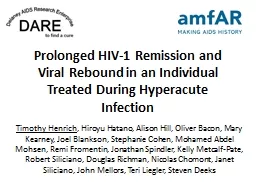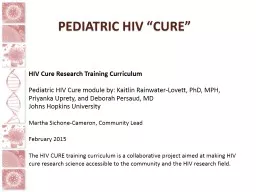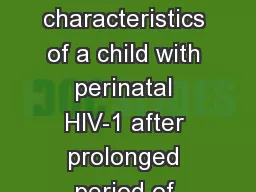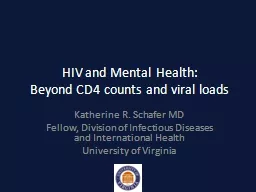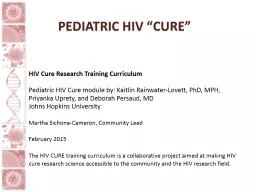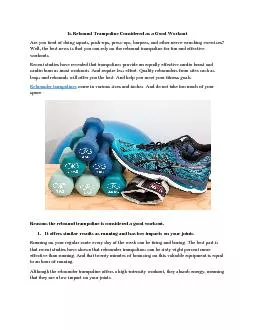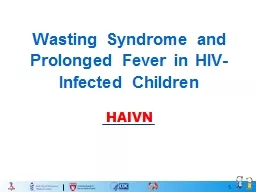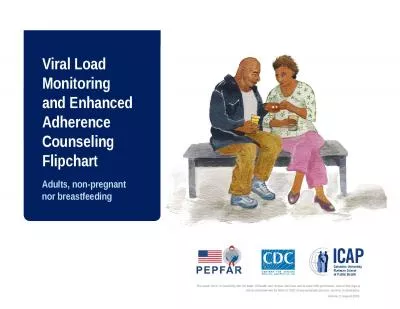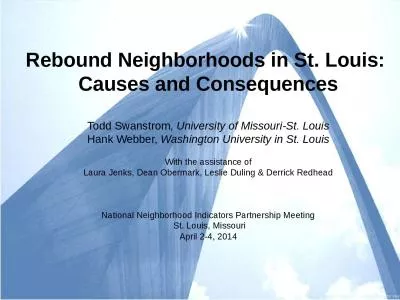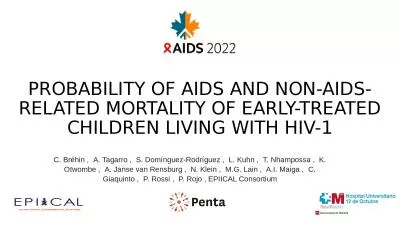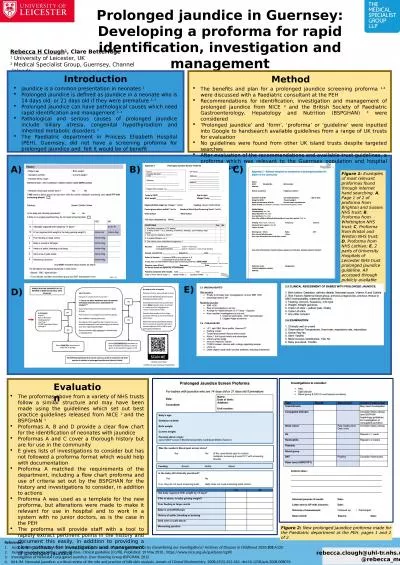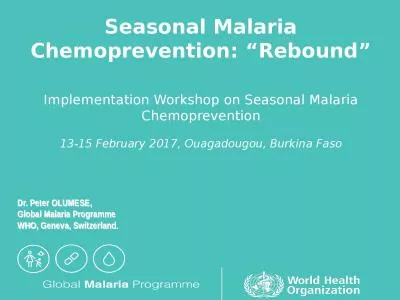PPT-Prolonged HIV-1 Remission and Viral Rebound in an Individual Treated During
Author : cora | Published Date : 2022-06-07
Hyperacute Infection Timothy Henrich Hiroyu Hatano Alison Hill Oliver Bacon Mary Kearney Joel Blankson Stephanie Cohen Mohamed Abdel Mohsen Remi Fromentin
Presentation Embed Code
Download Presentation
Download Presentation The PPT/PDF document "Prolonged HIV-1 Remission and Viral Rebo..." is the property of its rightful owner. Permission is granted to download and print the materials on this website for personal, non-commercial use only, and to display it on your personal computer provided you do not modify the materials and that you retain all copyright notices contained in the materials. By downloading content from our website, you accept the terms of this agreement.
Prolonged HIV-1 Remission and Viral Rebound in an Individual Treated During: Transcript
Download Rules Of Document
"Prolonged HIV-1 Remission and Viral Rebound in an Individual Treated During"The content belongs to its owner. You may download and print it for personal use, without modification, and keep all copyright notices. By downloading, you agree to these terms.
Related Documents

